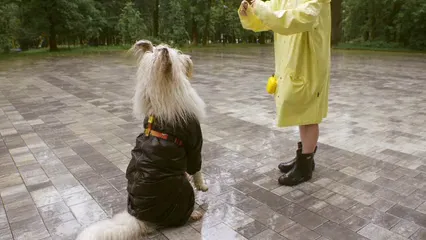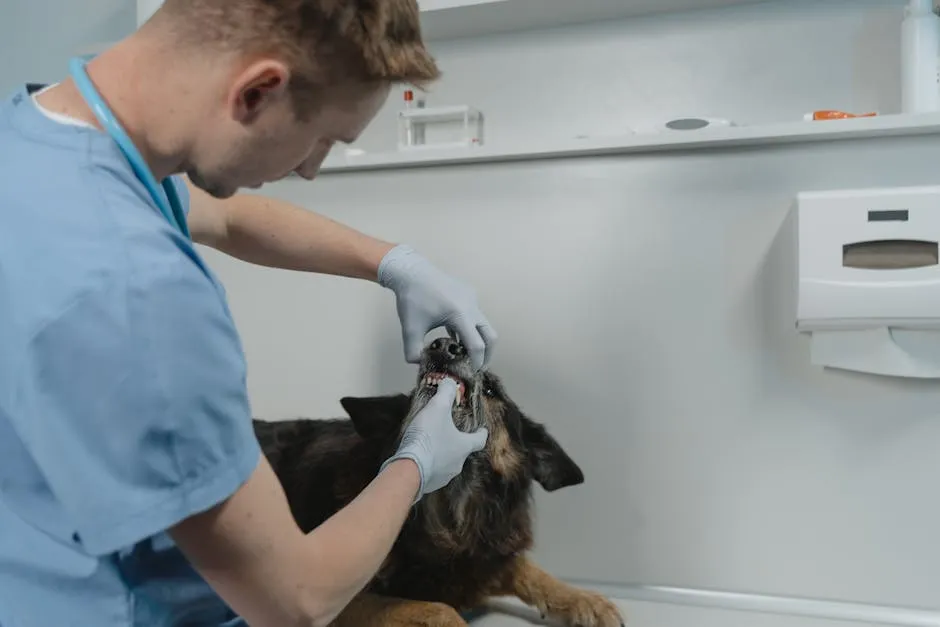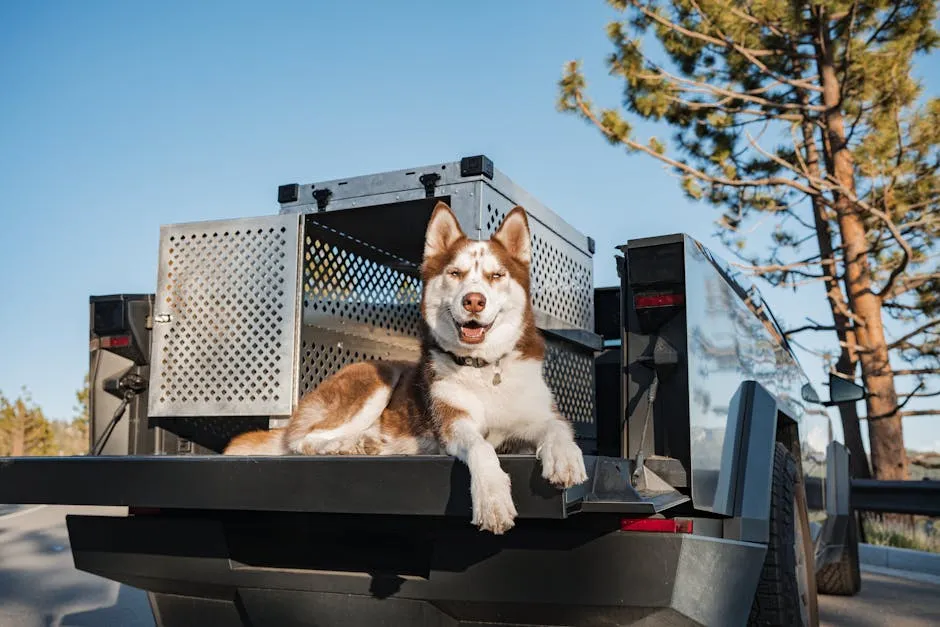Introduction
Understanding dog behavior issues is essential for all dog owners. Recognizing these behaviors can greatly enhance your relationship with your furry friend. Addressing problems like excessive barking, chewing, and aggression can lead to a happier, healthier environment for both you and your dog. One way to help your dog channel their energy is through engaging toys. Check out these Interactive Dog Toys that can keep your pup entertained for hours!
Understanding dog behavior is crucial for improving your relationship with your pet. understanding and managing excessive barking in dogs
Common Dog Behavior Issues
Dog behavior issues refer to a range of common problems that can arise in canine companions. These issues include excessive barking, destructive chewing, and aggression. Early intervention and consistent training are vital in addressing these challenges effectively. Ignoring these behaviors can lead to emotional and physical stress for both dogs and their owners. Unresolved issues may result in anxiety for your pet and frustration for you. By understanding these behaviors and implementing appropriate solutions, you can foster a better bond with your dog while ensuring their well-being. To aid your training efforts, consider using a Dog Training Clicker for positive reinforcement.
1. Excessive Barking
Excessive barking is one of the most common behavior problems in dogs. Dogs bark for various reasons, including boredom, anxiety, or to communicate with others. If your dog barks too much, it may signal a need for more mental and physical stimulation. To combat this, you might want to invest in a Dog Bark Control Device that can help curb excessive barking. Boredom often leads to barking. Providing interactive toys or engaging activities can help minimize this behavior. Additionally, anxiety can drive dogs to bark excessively, especially when left alone. To address this, consider gradually increasing the time you leave your dog alone, helping them adjust to your absence. Training plays a crucial role in managing excessive barking. Teaching commands such as “quiet” can help redirect their behavior. Remember to reward your dog when they remain calm and quiet. For persistent barking issues, consulting a professional trainer may be beneficial. A Dog Training Book could provide additional insights on effective techniques.
2. Inappropriate Elimination
Inappropriate elimination can be frustrating for dog owners. This behavior often stems from several common causes. Medical issues, like urinary tract infections, can lead to accidents. Anxiety, whether due to separation or new environments, can also trigger this behavior. Sometimes, dogs may lack proper housetraining, leading to confusion about where to relieve themselves. For those training challenges, consider using Dog Training Pads for easier clean-up and training. To address inappropriate elimination, start with consistent training techniques. Establish a regular schedule for bathroom breaks. Use positive reinforcement when your dog eliminates in the right spot. This helps them understand where it’s appropriate to go. Always consult your veterinarian to rule out medical concerns. They can provide valuable insights into your dog’s behavior. Addressing these issues early can prevent further complications and improve your dog’s well-being. Consider keeping a Pet First Aid Kit handy for emergencies.
3. Jumping Up
Jumping up is a natural behavior for dogs, often driven by excitement or the desire for attention. Many dogs jump to greet their owners or guests, which can be perceived as friendly but may become overwhelming. This behavior can also lead to injuries, especially in larger breeds. To help manage this behavior, a Dog Harness for Training can provide better control during greetings. To discourage jumping, consistency is key. Teach your dog to sit when greeting people. When they jump, turn away and ignore them. Once they calm down, offer praise and attention. This reinforces the idea that calm behavior gets them what they want. Practice this technique regularly with guests. Encourage them to ignore the dog until they settle down. Over time, your dog will learn that jumping doesn’t earn them affection.
4. Chasing
Chasing is a natural instinct for dogs, stemming from their predatory nature. Many dogs chase after smaller animals, moving objects, or even people. While it can be entertaining, this behavior can lead to dangerous situations for both the dog and others. To aid in managing this behavior, a Dog Whistle for Training can be an effective tool to redirect their focus. To manage chasing, start with training techniques that enhance impulse control. Teach commands such as “leave it” or “come.” Reward your dog for obeying these commands, especially when distractions are present. Provide plenty of physical and mental stimulation to reduce the urge to chase. Regular walks, playtime, and interactive toys can help keep your dog engaged. Always prioritize safety by using a leash in public spaces, reducing the risk of accidents. A reliable Dog Leash with Reflective Stitching is essential for nighttime walks.
5. Digging
Dogs dig for various reasons, and understanding these can help you manage the behavior. Common causes include boredom, anxiety, or instinctual drives, such as hunting. Certain breeds, like terriers, dig more due to their ancestral traits. When dogs are left alone for long periods, they may resort to digging as a way to relieve stress or entertain themselves. To redirect this behavior, consider designating a specific digging area in your yard. A sandbox can be a great option. Encourage your dog to dig there, rewarding them when they do. This gives them a safe outlet for their natural instincts. Providing plenty of exercise is crucial. A tired dog is less likely to dig. Engage your pup with daily walks, playtime, or interactive toys. Mental stimulation through training and games can also help keep their minds occupied and reduce unwanted digging behavior. For more information on preventing digging, consider exploring natural ways to prevent dogs from digging in the yard. Additionally, a comfortable Dog Bed can help provide a cozy space for your dog to relax and feel secure.
Understanding the reasons behind your dog’s digging can help you manage this behavior effectively. Natural ways to prevent dogs from digging in the yard can provide helpful strategies.
6. Fear and Phobias
Fear and phobias are common in dogs, impacting their well-being. Some dogs fear loud noises, such as thunderstorms or fireworks. Others may be anxious around unfamiliar people or situations. Recognizing these fears is the first step toward addressing them. To help your dog cope with anxiety, consider a Dog Anxiety Vest that provides calming pressure during stressful situations. Desensitization techniques can help. Gradually expose your dog to the fear-inducing stimulus in a controlled manner. Pair this exposure with positive reinforcement, like treats or praise, to create a more positive association. Counter-conditioning can also be effective, helping your dog learn to respond differently to their fears. In severe cases, seeking professional help is advisable. A qualified trainer or behaviorist can provide tailored strategies to help your dog cope with their fears. Remember, patience is key. Overcoming phobias takes time, but with consistent effort, your dog can learn to feel more secure.
7. Begging and Food Stealing
Begging and stealing food can be frustrating behaviors for dog owners. These actions often stem from dogs seeking attention or food out of habit. If you frequently share your meals, your pup may learn that begging gets them what they want. To manage begging, establish a consistent feeding routine. Feed your dog at the same times each day to create structure. When you eat, keep your dog in another room or have them lie down in their designated spot. Reward them for staying calm and quiet during meal times. Training commands such as “leave it” can help discourage food stealing. Practice this command regularly to reinforce the behavior. If your dog does steal food, avoid chasing them; instead, calmly redirect them to their own food or toys. With consistent training and clear boundaries, you can reduce begging and food stealing, leading to a more peaceful dining experience for everyone involved. A Dog Food Storage Container can help keep your dog’s food fresh and out of reach.
FAQs
What are the most common dog behavior issues?
Excessive barking, separation anxiety, and aggression are prevalent. Other issues include destructive chewing and inappropriate elimination.
How can I stop my dog from barking excessively?
Teach the “quiet” command and provide distractions. Ensure your dog gets enough exercise and mental stimulation.
Is separation anxiety common in dogs?
Yes, it’s quite common. Look for signs like destructive behavior and vocalization when left alone.
What should I do if my dog shows aggression?
Consult a professional trainer or behaviorist. Early intervention is crucial to address this serious issue.
How can I prevent my dog from chewing on furniture?
Provide appropriate chew toys and restrict access to furniture. Ensure your dog has enough exercise.
Are there natural remedies for dog anxiety?
Yes, consider calming techniques like music, toys, and natural supplements. Consult your vet for the best options.
When should I seek professional help for my dog’s behavior issues?
If behaviors persist or worsen despite your efforts, it’s time to consult a veterinarian or behaviorist for guidance.
All images from Pexels





